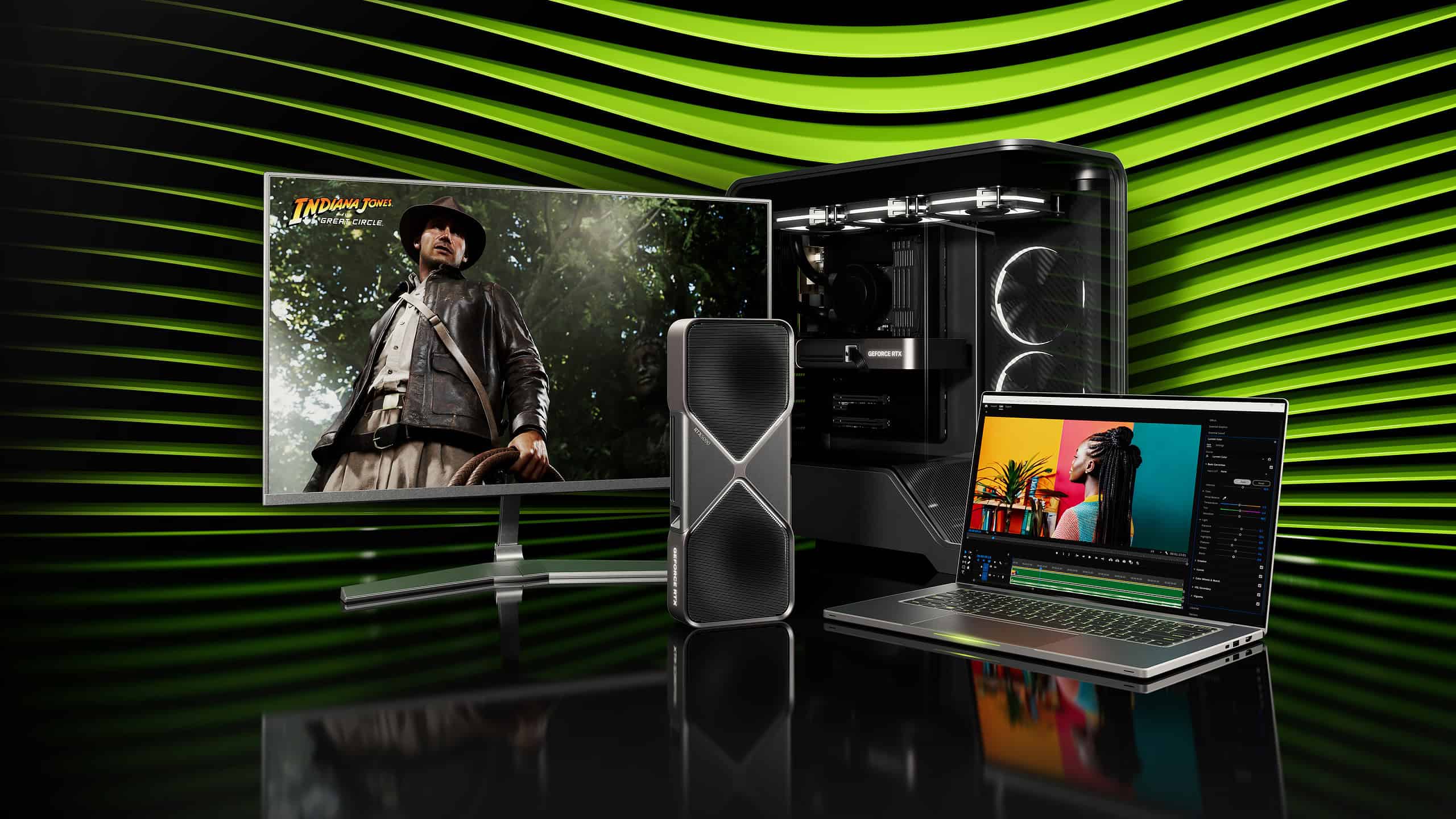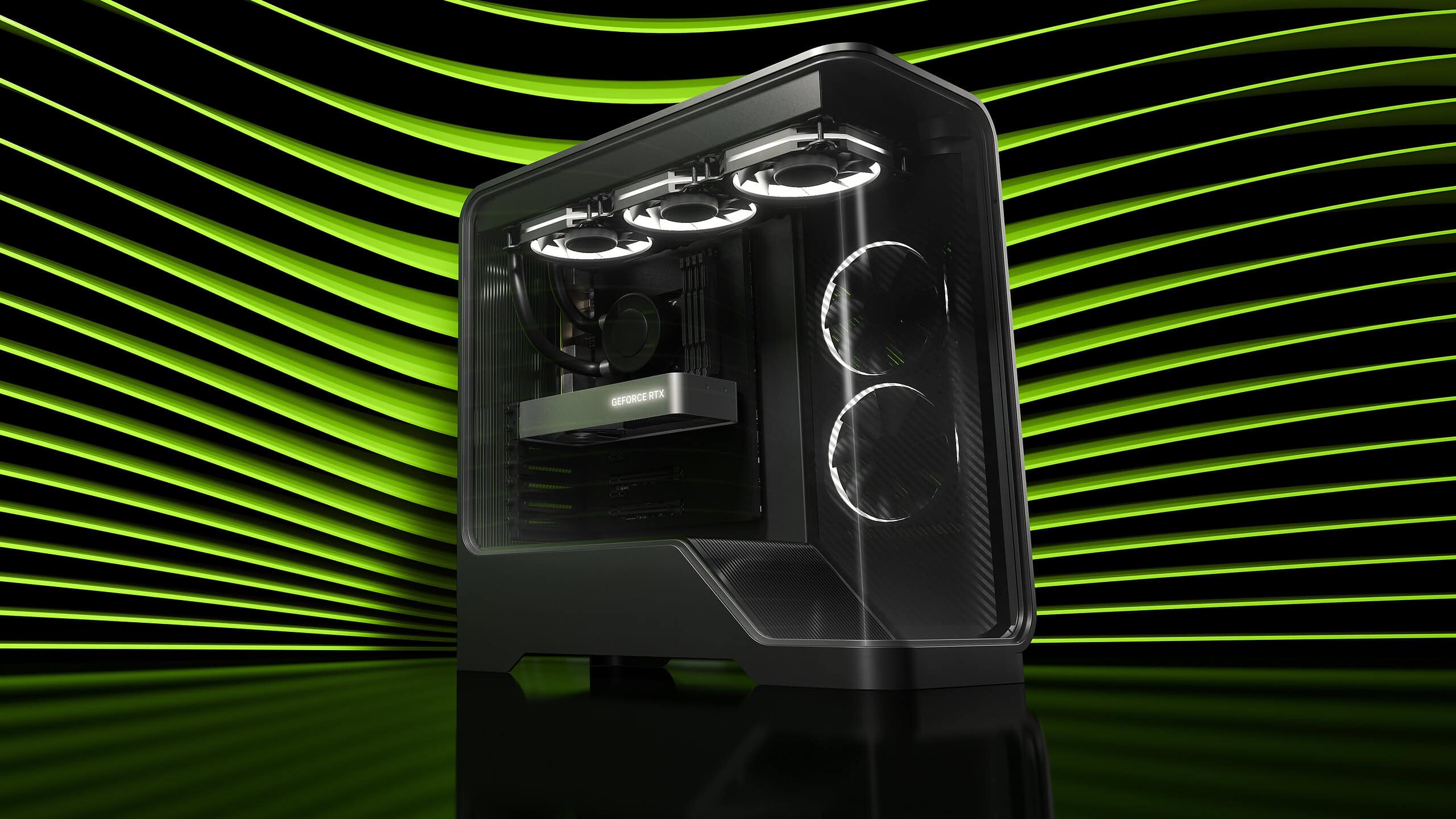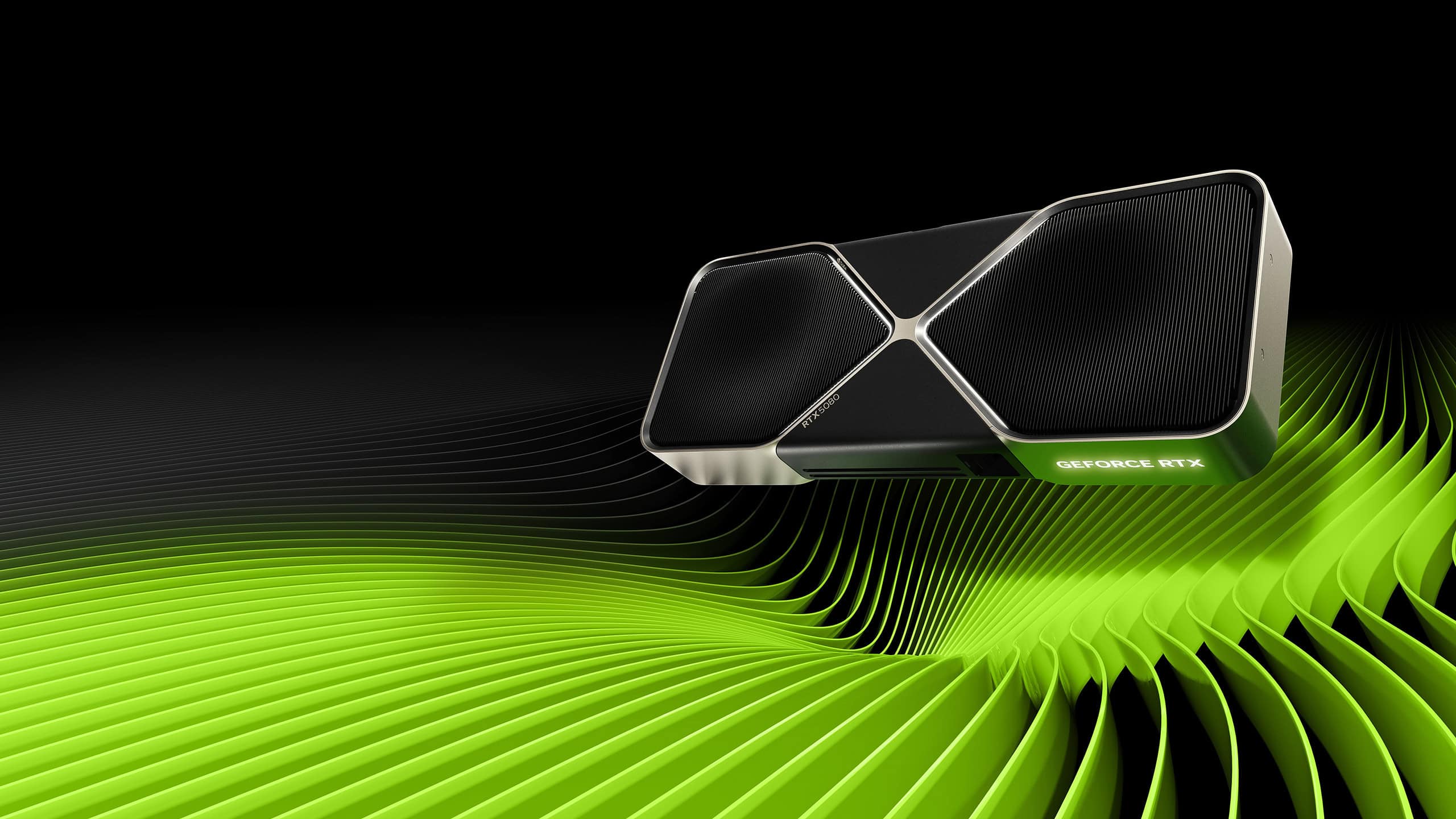The market for high-end graphics cards is always changing, with new models regularly raising performance and features. NVIDIA’s latest card, the RTX 5090, is set to take things even further. As the expected successor to the RTX 4090, this new GPU has already created a buzz, thanks to early tests and leaks that suggest significant performance improvements.
For gamers, the RTX 5090 aims to deliver higher frame rates and smoother gameplay at ultra-high resolutions like 4K and 8K. But it’s not just gamers who will benefit. Professionals in areas like artificial intelligence, 3D rendering, video production, and scientific computing will find the card’s enhanced abilities very useful. With the increasing demands of modern work, the RTX 5090 should manage complex tasks more effectively, leading to faster rendering times and improved productivity.
The RTX 5090 is expected to gain performance from new technology and improvements in memory. Experts believe the card will use NVIDIA’s latest GPU design and might combine it with faster GDDR7 memory. These advancements could set new standards for high-performance computing, making the RTX 5090 a key player in the graphics card market. As excitement builds, the RTX 5090 shows NVIDIA’s dedication to innovation, promising to give both gamers and professionals the tools they need to reach their creative and technical goals. This graphics card is not just a step forward; it represents a significant advancement in GPU performance.
Unveiling the RTX 5090’s Performance Dominance

Significant Performance Gains Observed
The Nvidia RTX 5090 is making waves with reports of a remarkable performance jump compared to the RTX 4090. Early data suggests a considerable increase in graphical processing power. This translates to a smoother and more visually captivating experience for gamers and professionals alike. This performance leap is especially notable when considering raw performance, independent of upscaling technologies like DLSS.
Factors Behind the Enhanced Performance
Several underlying factors contribute to the impressive performance of the RTX 5090:
- Increased Core Count: The RTX 5090 boasts a higher number of processing cores. These cores are the workhorses of the GPU, handling complex calculations for rendering graphics. A greater number of cores directly improves processing capabilities.
- Advanced Memory Technology: The implementation of next-generation memory technology provides significantly improved memory bandwidth. This allows for faster data transfer between the GPU and its memory modules, a critical factor for high-resolution gaming and complex graphical tasks.
- Architectural Advancements: Nvidia has refined its architecture to optimize performance. These enhancements improve efficiency and push the boundaries of graphical processing.
Impact on Gaming and Creative Workflows
The performance boost offered by the RTX 5090 has substantial implications for various applications:
- High-Resolution Gaming: Gamers can expect smoother frame rates at higher resolutions, including 4K and beyond. This enables a more immersive and detailed gaming experience.
- Enhanced Visual Effects: The extra processing power allows for more advanced visual effects, such as ray tracing, without compromising performance. This leads to more realistic and visually stunning graphics.
- Accelerated Content Creation: Professionals working with demanding applications like video editing, 3D rendering, and simulations will experience significant speed improvements, streamlining their workflows.

Performance Expectations Compared
| Characteristic | RTX 4090 | RTX 5090 (Projected) |
|---|---|---|
| Relative Performance (Without DLSS) | Baseline | Substantial Increase |
| Memory Technology | Previous Generation | Next Generation |
| Processing Core Count | Fewer | More |
This table provides a simplified comparison of key features. Specific details are subject to change pending official releases. The substantial increase in performance is based on emerging data and industry expectations.
Performance Leap: RTX 5090 vs RTX 4090
NVIDIA’s new GeForce RTX 5090 graphics card is set to hit the market on January 30th, 2025. We’ve analyzed preliminary data to gauge its performance against its predecessor, the RTX 4090.
Our tests suggest the RTX 5090 outperforms the RTX 4090 by 30-40% in raw performance. This aligns with typical generational improvements we’ve seen in the past.
We tested two games to compare performance:
- Black Myth: Wukong
- Cyberpunk 2077
Our test setup included:
- AMD Ryzen 9 7950X3D CPU
- 32GB DDR5 RAM at 6000MHz
- Windows 10 64-bit
- GeForce 566.14 driver
We used Founders Edition cards for both the RTX 4090 and RTX 5090 to ensure a fair comparison.
In Black Myth: Wukong, without DLSS 4:
- RTX 5090: 29 FPS
- RTX 4090: 21 FPS
Performance increase: 38%
For Cyberpunk 2077, at Native 4K with Path Tracing:
- RTX 5090: 27 FPS
- RTX 4090: 20 FPS
Performance increase: 35%
These results show a clear improvement, but it’s important to keep expectations in check. The RTX 5090 won’t run path-traced games at native 4K/60FPS without help from DLSS technologies.
| Feature | RTX 5090 | RTX 4090 | Improvement |
|---|---|---|---|
| FPS in Black Myth: Wukong | 29 | 21 | 38% |
| FPS in Cyberpunk 2077 | 27 | 20 | 35% |
| DLSS 4 Support | Yes | No | N/A |
The RTX 5090’s performance boost is in line with previous generational jumps:
- RTX 3080 Ti was 25-40% faster than RTX 2080 Ti
- RTX 4080 Super was 25-35% faster than RTX 3080 Ti
While the RTX 5090 offers a noticeable improvement, it’s not a revolutionary leap. For optimal performance in ray-tracing games or those using Unreal Engine 5’s Lumen, DLSS Super Resolution will still be needed. Path-tracing games will require DLSS 4 Frame Generation to achieve smooth framerates.
We expect future games to have even higher GPU requirements, so these technologies will remain crucial for maintaining good performance.
The RTX 5090 represents a solid step forward in gaming GPU technology. It pushes the boundaries of what’s possible in real-time graphics rendering, but also highlights the ongoing need for upscaling and frame generation techniques to achieve optimal performance in the most demanding games.
As we approach the release date, we’re eager to conduct more thorough tests to provide a comprehensive analysis of the RTX 5090’s capabilities across a wider range of games and applications.
Common Questions About the RTX 5090
How Much Faster is the RTX 5090 Than Its Predecessor?
The RTX 5090 appears to be 30-40% faster than the RTX 4090 in most benchmarks. This performance boost comes from improved architecture and faster GDDR7 memory. Real-world gains may vary depending on the specific application or game.
What Are the Power and Cooling Needs of the RTX 5090?
While exact specifications are not yet confirmed, we expect the RTX 5090 to have similar or slightly higher power requirements compared to the RTX 4090. Adequate cooling solutions will be crucial for maintaining optimal performance. Users should plan for robust power supplies and case airflow.
Which Tasks Benefit Most From the RTX 5090’s Upgrades?
The RTX 5090 excels in demanding tasks such as:
- 4K and 8K gaming
- AI and machine learning
- 3D rendering and animation
- Video editing and encoding
DLSS 4 technology particularly enhances gaming performance at high resolutions.
How Do the Prices of the RTX 5090 and RTX 4090 Compare?
The RTX 5090 is priced at $1,999, while the RTX 4090 launched at $1,599. This price difference reflects the performance improvements and newer technology in the 5090 model.
When Can We Expect to See the RTX 5090 in Stores?
NVIDIA has not announced an official release date for the RTX 5090. Based on past launch patterns, we anticipate it will be available in late 2025 or early 2026. The RTX 4090 is currently on the market.
How Does Ray Tracing Performance Compare Between Models?
The RTX 5090 offers improved ray tracing capabilities over its predecessor. With more RT cores and enhanced architecture, we expect better frame rates and visual quality in ray-traced games and applications. Exact performance gains will vary by title and settings used.






